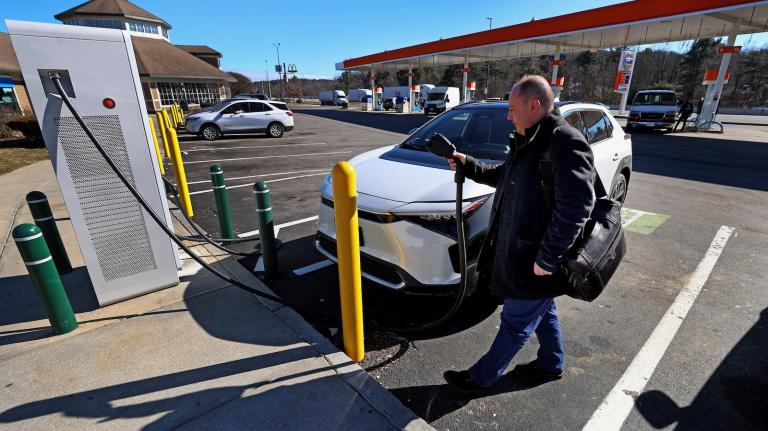Speaking of our crumbling public facilities, CBO Director Peter Orszag testified in Congress on Friday and detailed the country’s infrastructure needs. They are dire, in some cases. He notes in a related blog post (yes, the CBO director has a blog):
Although capital spending on transportation infrastructure already exceeds $100 billion annually, studies from the Federal Highway Administration, the Federal Aviation Administration, and elsewhere suggest that it would cost roughly $20 billion more per year to keep transportation services at current levels. Those studies also suggest that substantially more than $20 billion in additional capital spending per year on transportation — and perhaps as much as $80 billion per year or so — would be justified on economic grounds if well targeted (because such spending would generate benefits whose value would exceed its cost).
This is a fairly standard analysis. There are other important things to keep in mind, however.
Orszag continues:
•The estimates for highways, for example, assume no expansion in the use of congestion pricing — that is, tolls that are higher during peak times and lower during off-peak times.
•The Federal Highway Administration, though, estimates that widespread implementation of congestion pricing would reduce the investment needed to maintain the highway system by $20 billion annually.
I’m not sure whether congestion pricing would generate savings because it raises revenue, because it reduces wear, or because fewer new highways would be needed (“needed,” I should say). It’s quite possible a bit of all three. In any event, congestion pricing would increase demand for transit, it would increase demand for housing in central and walkable places, and it would cut carbon emissions. And of course, those savings, or the revenues from congestion pricing, could be used to help fund a new generation of transit systems to handle changing demand patterns. (Keep in mind, $20 billion is over ten times as much as is currently spent by the federal government on transit each year.)
This is a sound way forward that addresses energy use and prices, congestion, emissions, and infrastructure needs all at once. All we need is for our political leaders to sign on.

